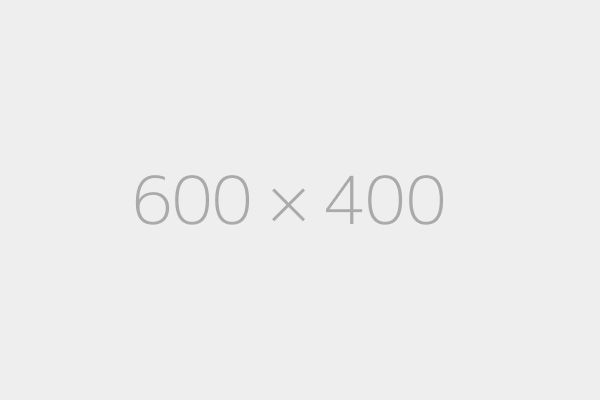Images¶
While images are first-class citizens of Markdown and part of the core syntax, it can be difficult to work with them. Material for MkDocs makes working with images more comfortable by providing styles for alignment and image captions.
Configuration¶
Attribute List¶
The Attribute List extension, which is part of the standard Markdown library, allows to add HTML attributes and CSS classes to Markdown elements, and can be enabled via mkdocs.yml
markdown_extensions:
- attr_list
Usage¶
Image alignment¶
When the Attribute List extension is enabled, images can be aligned by adding the respective alignment directions via the align attribute, i.e. align=left or align=right
Example:
{: align=left }
Result:
Lorem ipsum dolor sit amet, consectetur adipiscing elit. Nulla et euismod nulla. Curabitur feugiat, tortor non consequat finibus, justo purus auctor massa, nec semper lorem quam in massa.
Example:
{: align=right }
Result:
Lorem ipsum dolor sit amet, consectetur adipiscing elit. Nulla et euismod nulla. Curabitur feugiat, tortor non consequat finibus, justo purus auctor massa, nec semper lorem quam in massa.
If there's insufficient space to render the text next to the image, the image will stretch to the full width of the viewport, e.g. on mobile viewports.
Image captions¶
Sadly, the Markdown syntax doesn't provide native support for image captions, but it's always possible to resort to HTML. Using figure and figcaption, captions can be added to images.
Example:
<figure>
<img src="https://dummyimage.com/600x400/eee/aaa" width="300" />
<figcaption>Image caption</figcaption>
</figure>
Result:
Image lazy-loading¶
Modern browsers provide native support for lazy-loading images through the loading attribute, which degrades to eager-loading in browsers without support. As with image alignment, if the Attribute List extension is enabled, images can be lazy-loaded by adding loading=lazy.
Example:
{: loading=lazy }
Result: